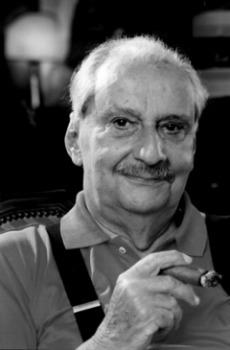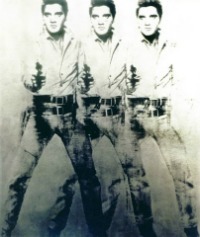Tarsila do Amaral was an important plastic artist of the modernist movement.
Along with Anita Malfatti, she became known as one of the most important painters of the first phase of modernism.
And, alongside writers Oswald de Andrade and Raul Bopp, Tarsila inaugurated the movement called “Anthropophagy”.
Biography of Tarsila do Amaral
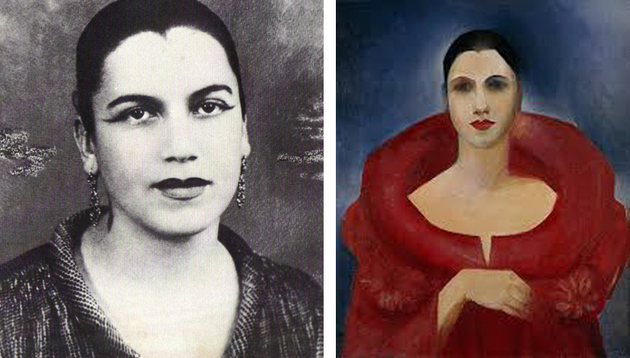
Tarsila do Amaral was born in Capivari, São Paulo, on September 1, 1886.
The daughter of a wealthy family, she spent her childhood and adolescence with her parents and seven siblings in her hometown.
Her family had inherited farms from her grandfather, José Estanislau do Amaral, known as “the millionaire”.
She lived in São Paulo, where she was enrolled at Colégio de Freiras and Colégio Sion.
She later moved to Barcelona, Spain to finish her studies. At just 16 years old, Tarsila painted her first painting.
When she returns to Brazil, she marries André Teixeira Pinto, with whom she had a daughter, Dulce.
Later, in 1920, she divorces him and goes to Paris, France, to study art at
Julian Academy, school of painting and sculpture.In 1922, the year of the Week of Modern Art, Tarsila participated in the “Official Salon of Artists of France”. Upon her return, she met the modernist writer Oswald de Andrade, with whom she began a relationship that lasted from 1926 to 1930.
Together with Oswald de Andrade, Anita Malfatti, Mário de Andrade and Menotti del Picchia, they formed the “group of five”.
This alliance of artists aimed to change the country's historical-cultural and artistic scenario, as well as to bring to Brazilian culture the influences of European vanguards.
From 1934 to 1951, Tarsila established a romance with writer Luís Martins.
In 1965, she underwent spinal surgery, however, due to a medical error she became paralyzed.
The following year, his daughter Dulce dies. At the age of 86, Tarsila died in the city of São Paulo, on January 17, 1973.
Anthropophagic Movement
Anthropophagy or anthropophagic movement it is a concept presented by the modernists, seen as one of the most radical movements of the period.
In order to move away from the themes addressed in European art, modernist artists endeavored to create a typically Brazilian aesthetic.
They used the metaphorical concept of swallowing about the act of eating the foreign culture and regurgitating the “new” culture.
Anthropophagy was inspired by the painting Abaporu, by Tarsila, which from Tupi means “anthropophagous” (man who feeds on human flesh). About the figure of Abaporu, Tarsila adds:
This primitive and monstrous figure was born from a dream.

According to Tarsila's description of the work:
There is a monstrous lone figure, immense feet, sitting on a green plain, his bent arm resting on a knee, his hand supporting the light weight of the tiny head. Ahead, a cactus bursting into a huge flower.
Curiosities about Tarsila
- In 1928, Tarsila offered the painting “abaporu“To his partner, Oswald de Andrade.
- The work "abaporu” was sold in 1995 to Argentine Eduardo Costantini for 1.5 million dollars.
Tarsila Exhibitions
Tarsila exhibited her works at the 1st and 2nd Bienal de Arte de São Paulo, in 1951 and 1953.
Later, in 1963, he was the subject of a special room at the Bienal de São Paulo and, in 1964, he exhibited his works at the 32nd Bienal de Veneza. According to the artist:
“I invent everything in my painting. And what I saw or felt, I style.”
Works and characteristics of the art of Tarsila
Tarsila painted more than 270 works divided into some phases:
- Brazil Pau Stage: marked by the use of strong colors and national themes (Brazilianness);
- Anthropophagic Phase: inspired by European avant-gardes, surrealism and cubism, and above all, by the concept of anthropophagy;
- Social Painting Phase: focused on the country's daily and social issues.
Check out some of Tarsila's most iconic canvases below:
Daisies by Mário de Andrade (1922)

Portrait of Oswald de Andrade (1922)
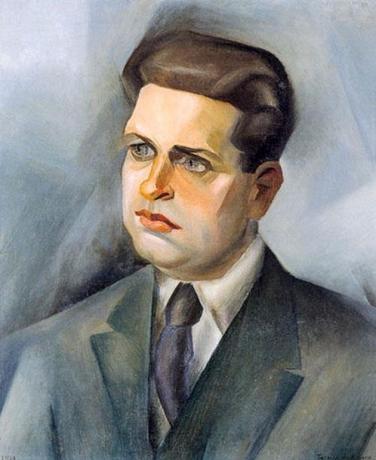
Portrait of Mário de Andrade (1922)

The Black (1923)
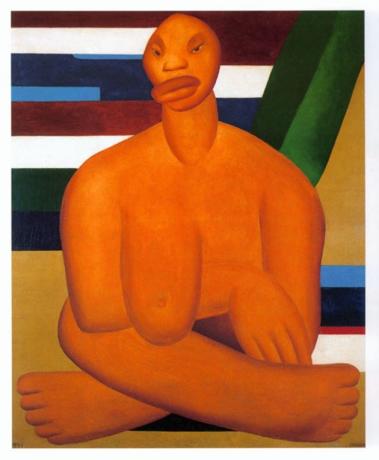
The Self Portrait (1923)
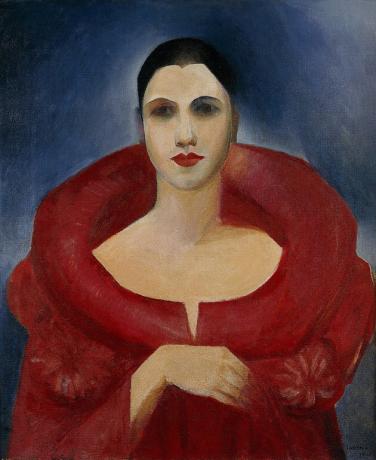
Morro da Favela (1924)

Cuca (1924)
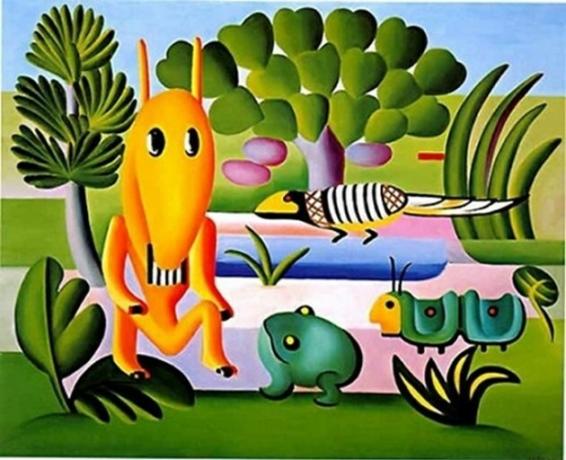
The Fisherman (1925)

Palm trees (1925)
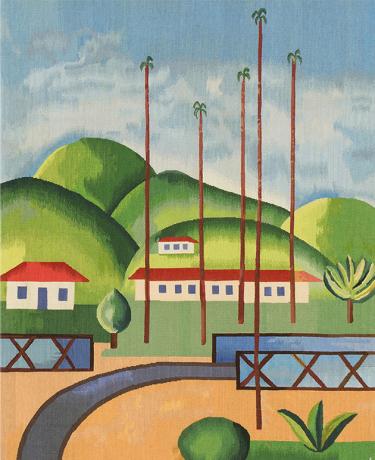
Sacred Heart of Jesus (1926)
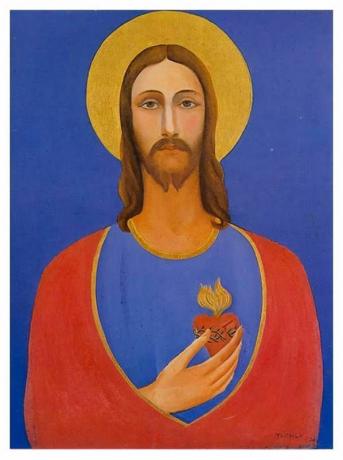
Brazilian Religion (1927)

Anthropophagy (1929)

Postcard (1929)

Workers (1933)
Second Class (1933)
Video about the trajectory of Tarsila do Amaral
Check out now this video from the program "Metropolis" with a brief trajectory of the painter Tarsila do Amaral.



